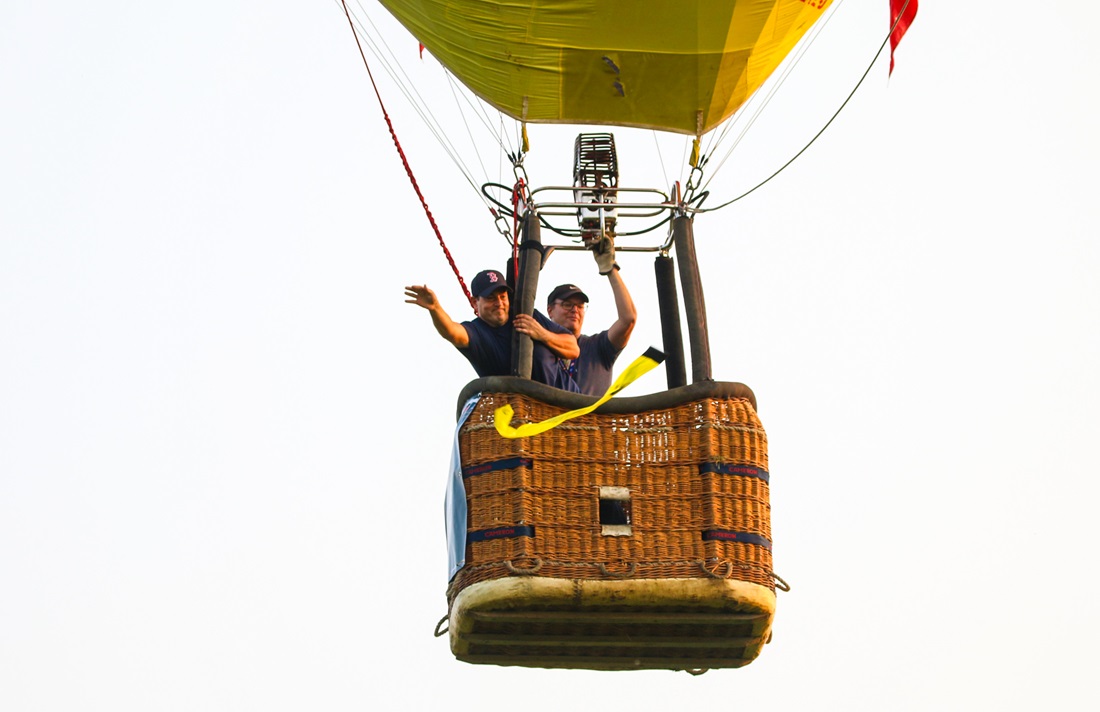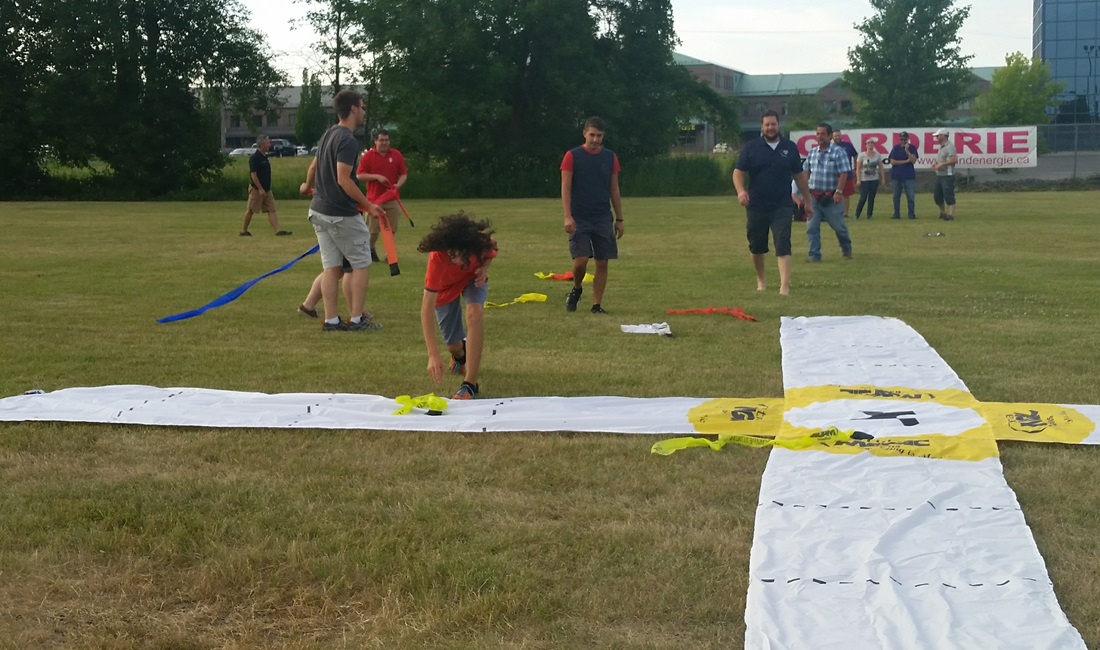Beginners guide to organising a ballooning competition Part 1: Have balloon, will travel
By Jonathan Perron-Clow, Deputy Director 2021 and 2022 Canadian Hot Air Balloon Championships, and Member of the FAI Ballooning Commission (CIA) Public and Media Relations Sub-Committee
This article is the first in a four-part series, which aims to provide beginners with a simple guide to organising competition ballooning, written by an event organiser who started as a beginner! The series tracks the story of organising the 2021 and 2022 Canadian Hot Air Balloon Championships with commentary on the planning, the requirements, the challenges overcome and the lessons learned along the way. There are many people who could provide a more structured account and who have organised much larger events, but I am writing this precisely to show that you don’t need to have all the knowledge together at the beginning.
- Read Part 2: Teamwork
- Read Part 3: Location
- Read Part 4: Resources
A little context
During the first flight of the 2021 Canadian hot air balloon championship, I shed a happy tear seeing my compatriots throwing markers at the first target and feeling such satisfaction. For as difficult as it is to find the target from a launch far away, getting that championship organised was the culmination of many years of hard work. Seeing those markers drop was a long time coming.

Eric Fortin’s team throws a marker during the 2021 Canadian hot air ballon championship.
Eighteen of the nineteen competitors were new to a championship which meant
lots of logger training ahead of the first briefing.
Credit: International de Montgolfières / Maryse Phaneuf
Since the 1970s, hot air balloon competitions have delighted crowds around the world and fellow balloonists have marvelled at pilots’ skills and the aircraft’s grace whilst flying through the skies. Pilots have control over the height of their aircraft. But that’s all. They must navigate different wind currents at different heights to move in the direction of, and reach the targets. In the early days, the objective was to land on a target set out in a field far away from the launch point. Over the years, competitions have become more sophisticated with the most recent addition of virtual tasks high above the ground scored by GPS loggers and sets of computers.
Over the same period, the ballooning world has changed a lot: corporate dollars ballooned(!) then dried up in many regions, for both balloon programs and events. Costs to participate in such events have increased substantially, and few organisations are putting themselves forward to organise events, whether that’s at local level or internationally.
In 2023, there was no FAI European Championship for the first time in decades and there’s a risk that there won’t be an FAI Junior World Championship in 2025.
To rectify this, we need more grassroots organisers committed to hosting high level competition ballooning. Some more funding to support them wouldn’t hurt, too.
Where to start?
This series is aimed at balloonists, community organisers and potential sponsors who were in the same shoes as I was eight years ago when I was mandated to bring competition ballooning back to Eastern Canada and had no idea where to go first.
Any success requires building a dedicated team who believe in the project and are able to live with the ebbs and flows of the event. Hopefully by reading this, your team will be able to avoid some of my early mistakes. I say ‘my mistakes’ because too often in the beginning, I tried to move mountains alone before involving others, with the goal of saving their time and energy. That was my first mistake.
The first lesson: nothing is possible alone.
Four elements for a successful competition
- Balloonists
- A team of organisers
- A location
- Resources
PART 1. The balloonists
Ultimately, competition ballooning is for balloonists! They invest the most money, time and energy in making it happen and deserve the joy of seeing their marker hit the target when they catch the right wind. The ability to share the passion about competition ballooning with others is the key to making everything work.
And the first group that needs to be convinced is: other balloonists. Not all pilots want to compete at a high level - they fly for fun, to carry passengers, or with some light competition without all the rules and technology.
Understanding what might interest pilots in trying out competition will help in designing an event that’s responsive to their needs. Reducing barriers and offering some incentives are great places to start.
Potential barriers:
- Cost
- Distance
- Availability of crew
- Complexity of competition rules and technology
- Difficulty with the terrain
Incentives to address the barriers include offering pilot packs with clothing and local gifts, and various prizes.
Gathering information
In 2016, I moved back to Eastern Canada after a few years out West where I volunteered at the 2013 and 2015 Canadian championships in High River, Alberta. On moving home and joining the board of the Canadian Balloon Association, I was tasked with reviving competition where the majority of pilots live in our country. It wasn’t easy. There hadn’t been a serious competition in the region in over a decade.
The first step was to convince pilots that they should even try competition. We reached out to each pilot to see whether they’d like to participate and made it as easy as possible given the limited resources.
We put on an event which was low-technology and low-cost, on a summer weekend in Saint-Jean-sur-Richelieu, Canada’s ballooning capital. Eight pilots registered. It rained for four days. But the act of coming to competition briefings, studying the rules and watching videos created a buzz and a desire to try again.

With thunderstorms in the area after the first briefing during l’Amicale 2016, pilots and crew learn to throw a marker.
For many, this was the first time reading a task sheet. Credit unknown.
HOW to move forward:
Contact hot air balloon pilots who might be interested in competing, and:
- Understand their level of interest
- Understand their barriers
- Understand what incentives matter to them
Header image credit: Damien Hays, taken at the 5th Women’s World Hot Air Balloon Championship (WWHABC) in Australia 2023

